ePostcard #161: Earth-Sun Orbit and Circadian Rhythms
Photo Credits: All photographs in this ePostcard are courtesy of Audrey DeLella Benedict. Illustrations and diagrams are credited where included.
Having spent several weeks in the Southern Hemisphere at the end of 2022, and specifically exploring New Zealand and Australia’s subantarctic islands during the austral summer, my abrupt re-entry to a cold Colorado winter upended my own bio-acclimatization in noticeable ways. Our ability to move at jet-speed from one hemisphere to another makes us aware of the necessity of allowing our physiological processes time to adapt and respond.
The International Date Line (IDL), which extends between the South and North Poles, is an internationally accepted demarcation of the Earth’s surface that serves as the boundary between one calendar day and the next. The IDL passes through the Pacific Ocean, roughly following the 180° line of longitude and deviating to pass around some territories and island groups. Crossing the date line eastbound decreases the date by one day, while crossing the date line westbound increases the date. What I experienced at both the beginning and end of my trip is called jet leg.
Jet lag is a physiological condition that results from disruptions to the human body’s circadian rhythms caused by rapid, long-distance trans-meridian travel (east–west or west–east). Jet lag is most often described as a chrono-biological problem because the circadian rhythms that dictate times for eating, sleeping, hormone regulation, body temperature variations, and other functions are disrupted by the different environmental conditions encountered after crossing the IDL. To the degree that the body can’t immediately realign these rhythms, it is jet lagged.
Illustration Credit: Courtesy of of artist Tauʻolunga, CC0, (https://commons.wikimedia.org/w/index.php?curid=927625). While orbiting the Sun, the Earth is also spinning on an axis running through the North and South Poles, which is what gives us day and night. The amount of sun a region receives depends on the tilt of the earth’s axis and not its distance from the sun. The northern hemisphere experiences summer during the months of June, July, and August because it is tilted toward the sun and receives the most direct sunlight. Inversely, summer for the southern hemisphere takes place during the months of December, January, and February because that is when it receives the most direct sunlight.
UNDERSTANDING THE ROLE OF CIRCADIAN RHYTHMS
Circadian rhythms are not unique to humans—they are found in plants, animals, fungi, and even bacteria. These internal clocks are not driven by sunlight, but are synchronized by the 24-hour patterns of light and temperature produced by the Earth’s rotation and play a vital role in virtually all systems of the body. As the sun sets, for example, nocturnal rodents begin to forage, nocturnal birds of prey (e.g., owls) begin their hunt while diurnal birds of prey sleep (e.g., eagles, hawks, falcons), filamentous fungi begin their daily production of spores, and cyanobacteria begin nitrogen fixation in an environment of low O2 after the day’s photosynthesis.
The circadian rhythm is a critical part of the body’s internal biological clock, running in the background to carry out essential functions and processes. It functions as an intrinsic timekeeping mechanism that temporally aligns numerous molecular, cellular, biochemical, physiological and behavioral processes within a 24-hour day/night cycle, including cell division, hormone secretion, nutrient metabolism, the sleep/wake cycle, fertility, reproduction and behaviors that are unique to each species. These process oscillations are driven by abiotic environmental changes (e.g. light, temperature), as well as internal circadian rhythms, which keep rhythmicity constant by regulating and re-aligning them, even in the absence of environmental cues. As you might guess, one of the most important and well-known circadian rhythms in humans is the sleep-wake cycle.
The biological clock is an organism’s innate (species-specific) timing device and is composed of specific molecules (proteins) that interact with cells throughout the body. A master clock in the brain coordinates all of the biological clocks in vertebrate animals, including humans, and maintains synchronization. This master clock is directly influenced by environmental cues, especially light, which is why circadian rhythms are tied to the cycle of day and night. Circadian rhythms are regulated by small nuclei in the middle of the brain—the hypothalamus—and receive direct light input via the eyes. These suprachiasmatic nuclei (SCN) act as control centers. In vertebrates, the master clock consists of a group of about 20,000 nerve cells (neurons) that form a structure called the suprachiasmatic nucleus.
The circadian system of all organisms contain a core oscillator, a way by which this clock can be set by the environment, and output behaviors or processes whose phases are determined by the core clock. This can be observed as an animal in its environment synchronizes its behavior to the sun or as a cell in the liver synchronizes its metabolic state to the phase of the SCN. The precision of the system allows for perfectly timed oscillations throughout the body of a well-functioning organism or, in the case of system disruptions, sets the stage for mistimed events and disease in a malfunctioning system.
Nearly all vertebrate cells possess self-sustaining clocks that couple that animal’s circadian rhythms with changes in the environment. Once again, the light-dark cycle is the primary factor controlling the circadian rhythm in organisms, but temperature and oxygen levels also play a key role. Physiological changes in our bodies and other environmental factors can cause human circadian rhythms and the natural light-dark cycle to be out of sync. For example, mutations or changes in certain genes can affect our biological clocks, jet lag, shift work changes in the light-dark cycle to which we are adapted, and light from electronic devices and other artificial light sources at night can also confuse our biological clocks.
CIRCADIAN RHYTHMS IN BIRDS AND MAMMALS
Most of us notice the effect of circadian rhythms on our sleep patterns, especially those of us who suffer from sleep disorders or sleep apnea. The SCN (suprachiasmatic nucleus) controls the production of melatonin, a hormone that makes you sleepy. It receives information about incoming light from the optic nerves, which relay information from the eyes to the brain. When there is less light—for example, at night—the SCN tells the brain to make more melatonin so that you get drowsy and get ready for sleep.
Reproduction in animals, including humans, exhibits both daily and seasonal rhythms. All vertebrates use environmental cues to time reproduction to optimal breeding conditions. Synchronous reproduction, which is influenced by light and temperature, is important for reproductive success in all animals. Numerous laboratory studies have revealed that light experienced during a critical window of the circadian (daily) rhythm can influence reproductive physiology. The physiological and behavioral changes that animals must undergo to prepare for seasonal breeding are predominantly timed by photoperiod (day length).
Photic control of internal daily (i.e. circadian) rhythms has been linked to seasonal photoperiodic responses through a variety of laboratory-based studies. Animals possess a photo-inducible phase of the circadian rhythm, which means that light experienced during this phase induces reproductive responses appropriate for long days, whereas the absence of light during this critical phase of the circadian rhythm leads to short-day reproductive responses. In vertebrates breeding during long days, exposure to light during this photo-inducible phase of the circadian rhythm will be encoded as a reproductively stimulatory day length.
In this enormous king penguin breeding colony on subantarctic South Georgia Island, the juvenile penguins are gathered in nursery crèches to keep the downy chicks warm. The adults distribute themselves as sentinels around the tightly-packed nursery groups to protect them from predators like skuas and petrels.
CIRCADIAN DISRUPTERS
If the circadian rhythm system is disturbed, physiological dysfunction can result. The role of environmental contaminants in disturbing circadian interactions in humans and animals has become a focus of research efforts. Some environmental chemicals, both natural and anthropogenic chemicals, are introduced into surface waters via discharge of industrial, hospital and domestic/municipal wastewater. Some of these chemicals, which are referred to as circadian disrupters, have been shown to interfere with circadian rhythm regulation in aquatic organisms.
The current state of our understanding of the impacts of environmental chemicals (both man-made and naturally occurring) on circadian rhythms is surprisingly limited, particularly in humans and mammals. The study I’ve included here focused on fish, but it should give you a better understanding of the physiological impacts of chemical pollutants in our marine and freshwater ecosystems. The diagram below summarizes the research of a team of Chinese and Swiss scientists who focused on the circadian rhythm system of zebrafish as a representative vertebrate model that would allow them to identify and characterize the multiple physiological processes that are affected by circadian rhythm disrupting compounds (circadian disrupters). The study identified 40 natural and anthropogenic environmental circadian disrupters in fish, and those were divided into six major categories: steroid hormones, metals, pesticides and biocides, polychlorinated biphenyls, neuroactive drugs, cyanobacterial toxins and bisphenol A. Steroid hormones ranked at the top of the list of circadian disrupters for fish.
Diagram Credit: Environmental chemicals affect circadian rhythms: An under explored effect influencing health and fitness in animals and humans. Authors: Xuehan, Zheng, Kun, Zhang,Yanbin, Zhao, Karl, and Fent. Environment International Journal, Volume 149, April 2021, 106159; https://doi.org/10.1016/j.envint.2020.106159. Open Access and Creative Commons License.
To help build global awareness, we would appreciate it if you would share this post with your friends and colleagues. Please choose one of the options below which includes email and print! Thank you.

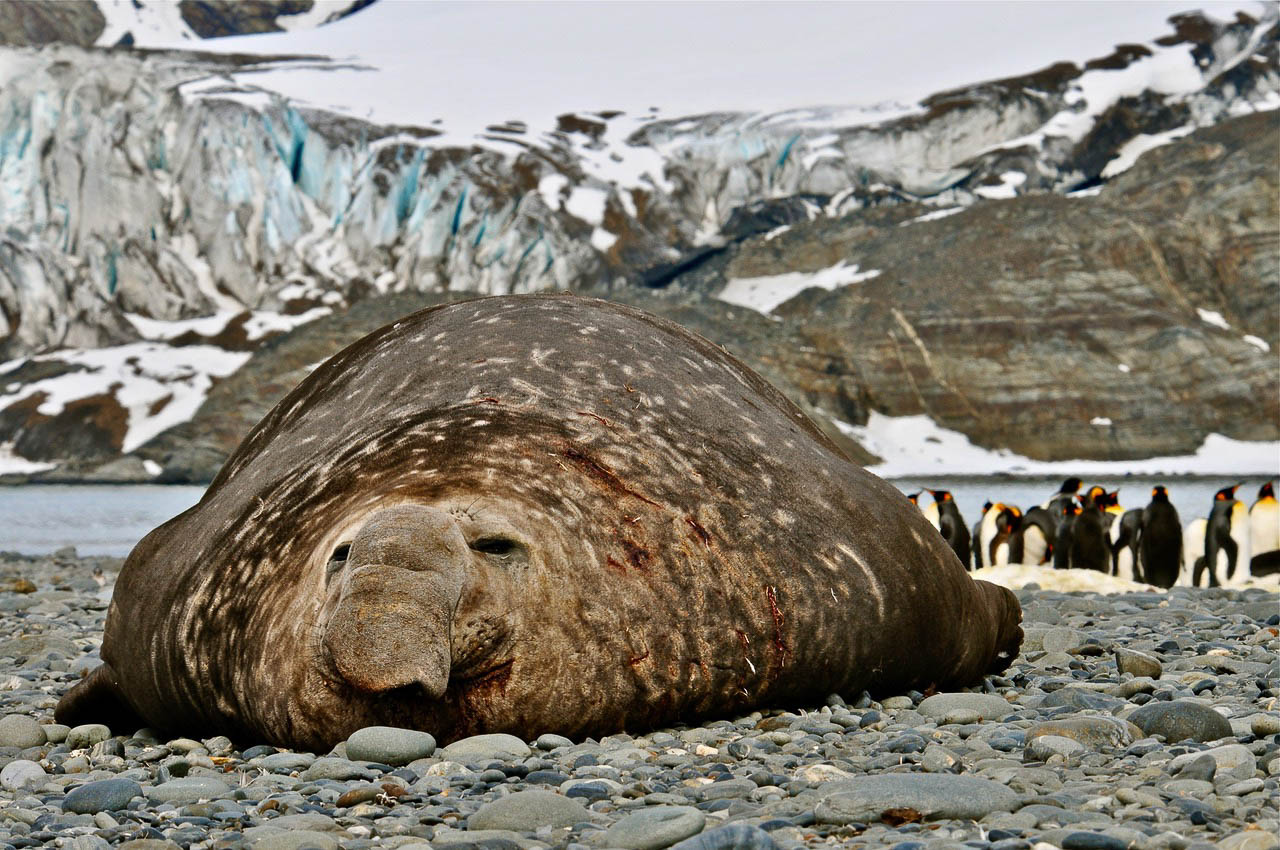
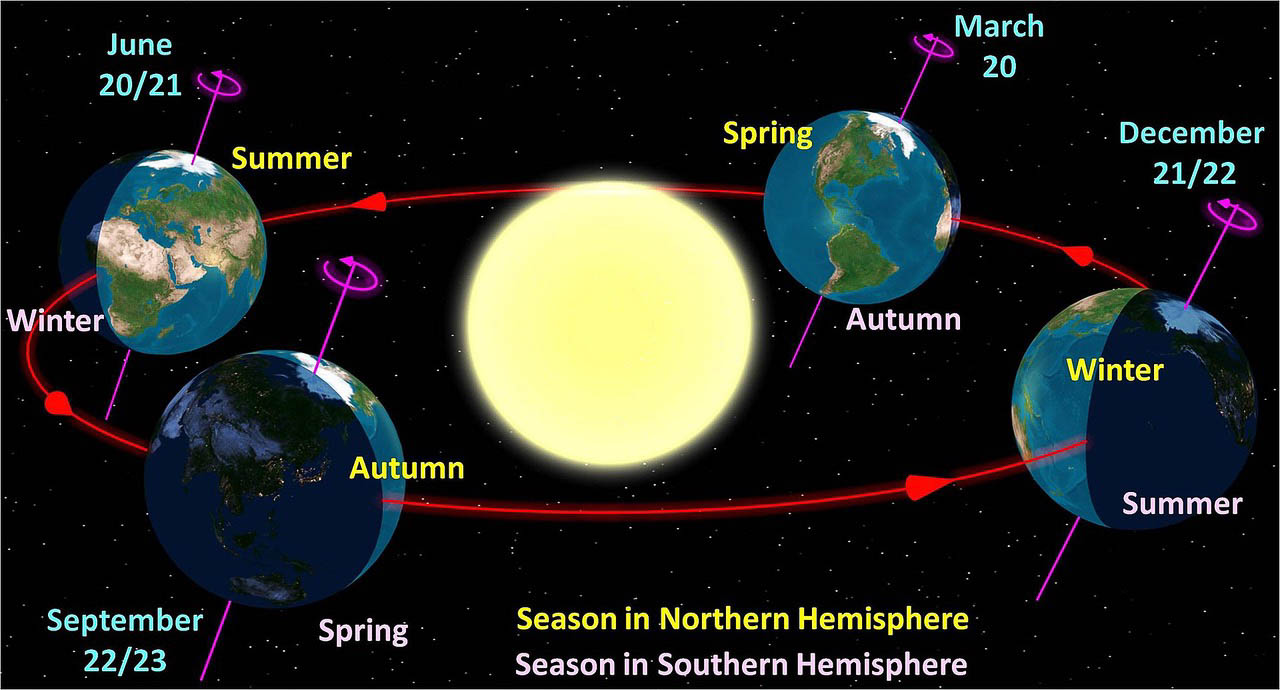
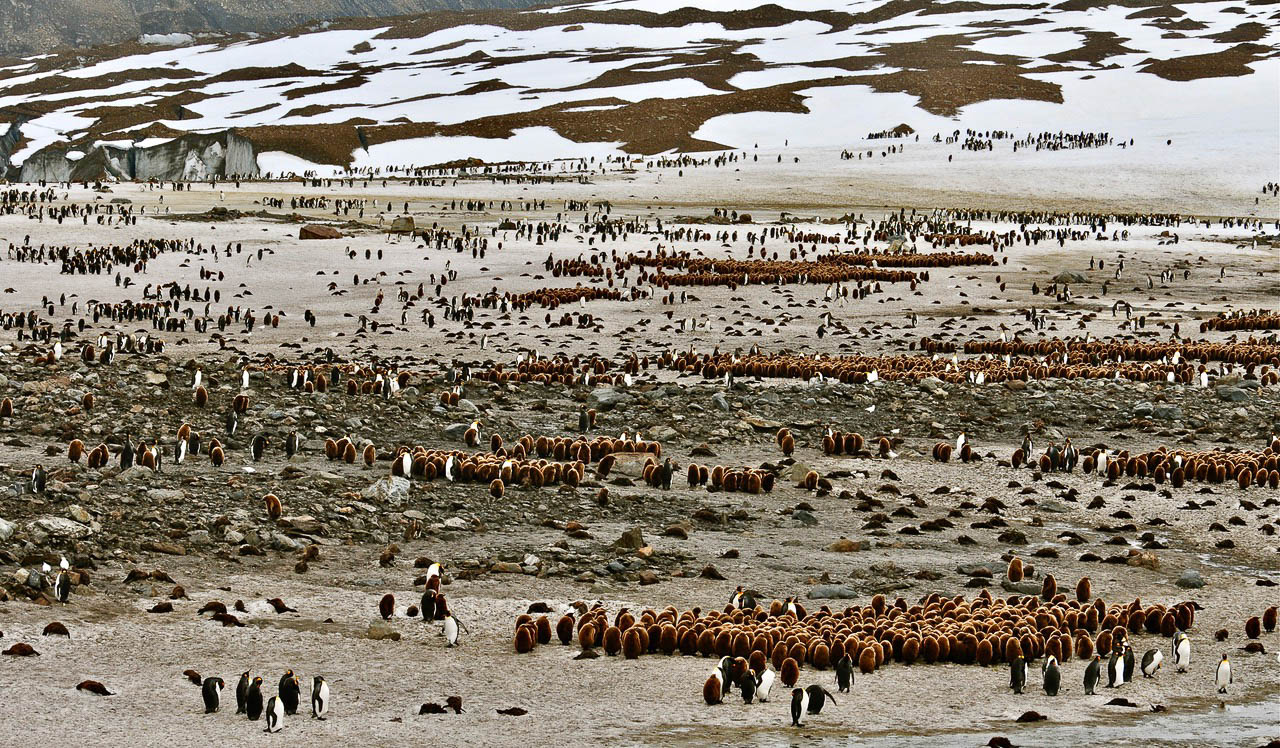

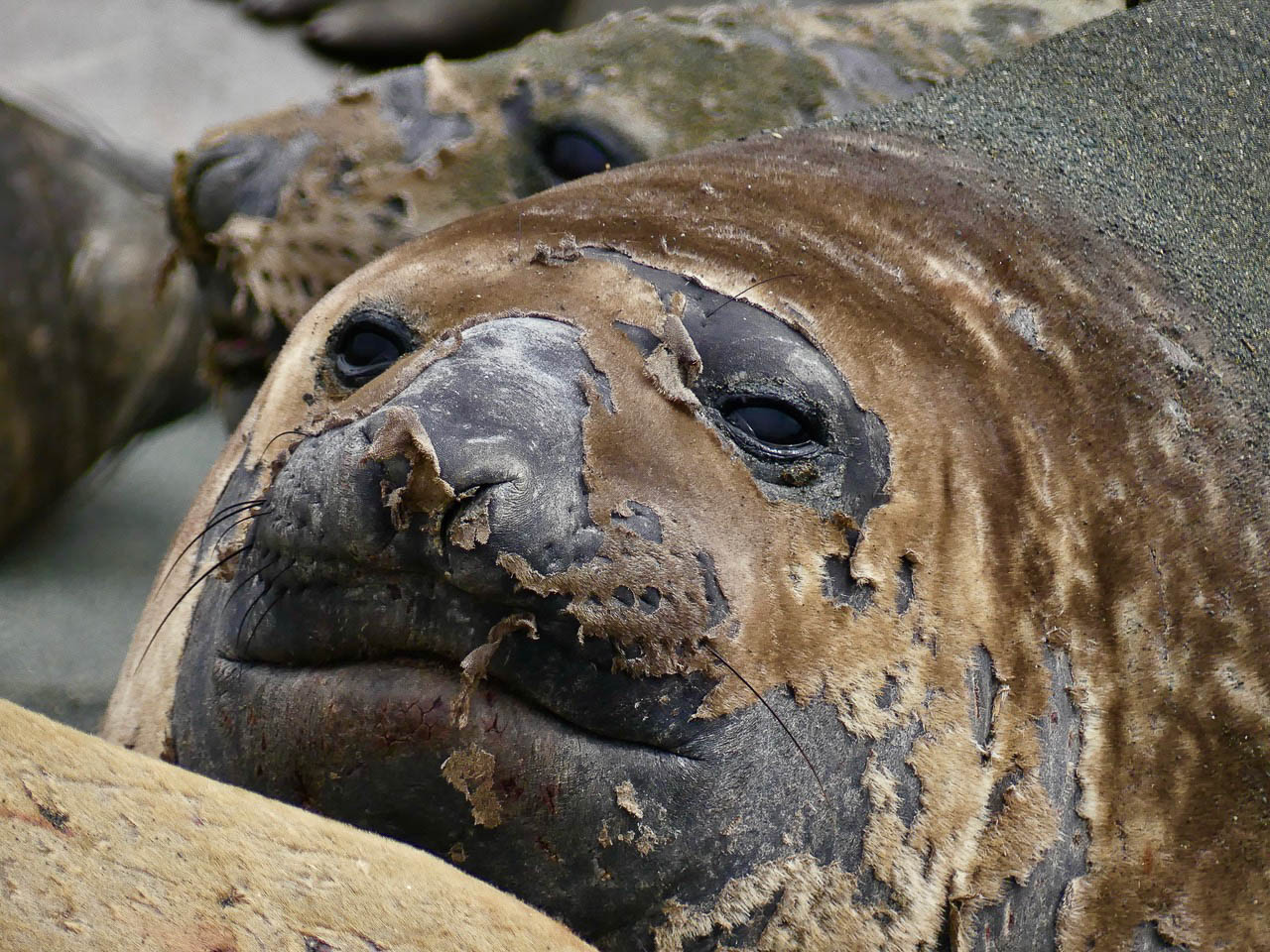
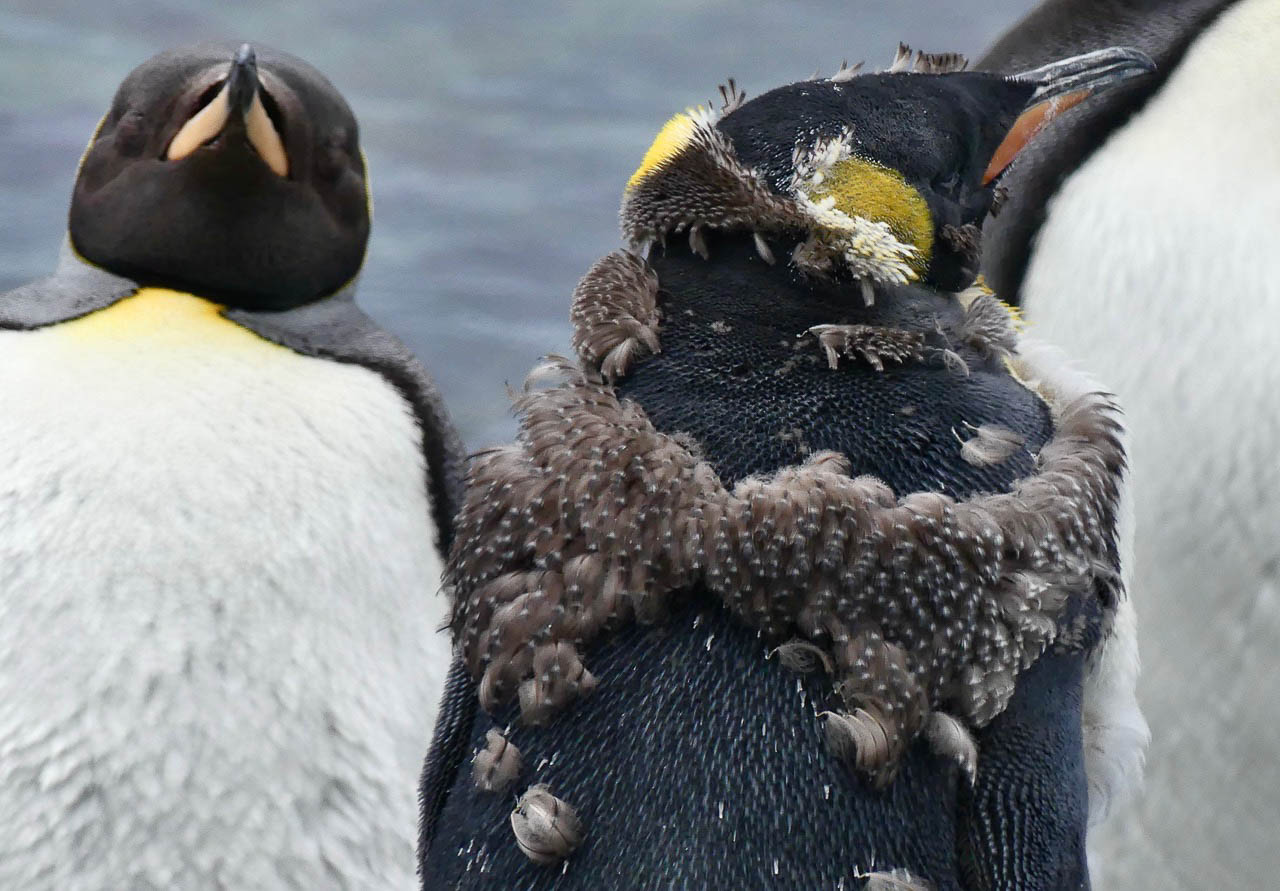


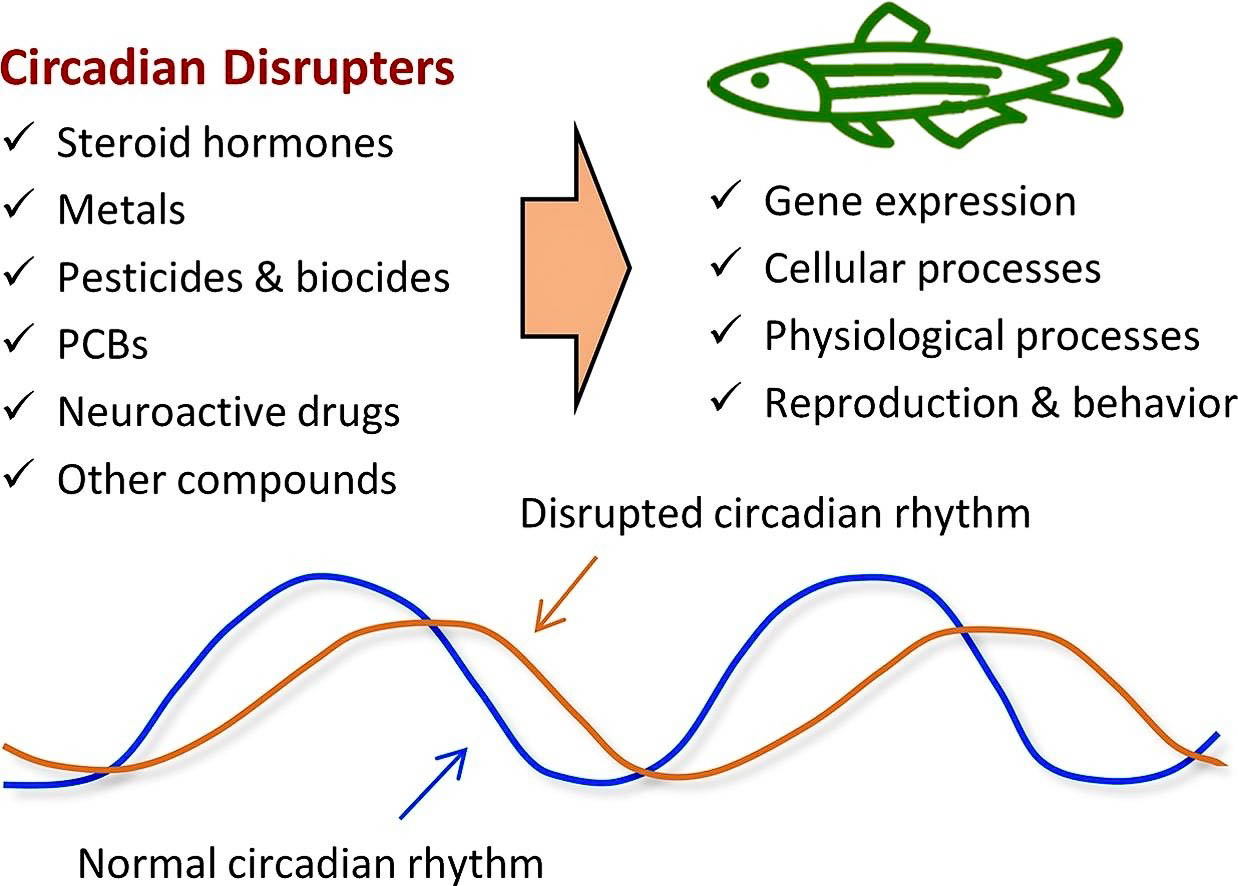
Thank you, Audrey. I have just moved to an assisted living place in Golden. I’m missing Evergreen but I will adjust. Ruth
Fascinating and really amazing. Thank you for pulling this together so eloquently!
Thanks, Audrey. It was interesting to read abut the circadian response in other creatures.
Bea
Wonderful photos! That first elephant seal seems to personify what jet lag feels like.
More seriously, thanks for this bit of awareness. There is so much to be learned about living in the soup we are concocting.